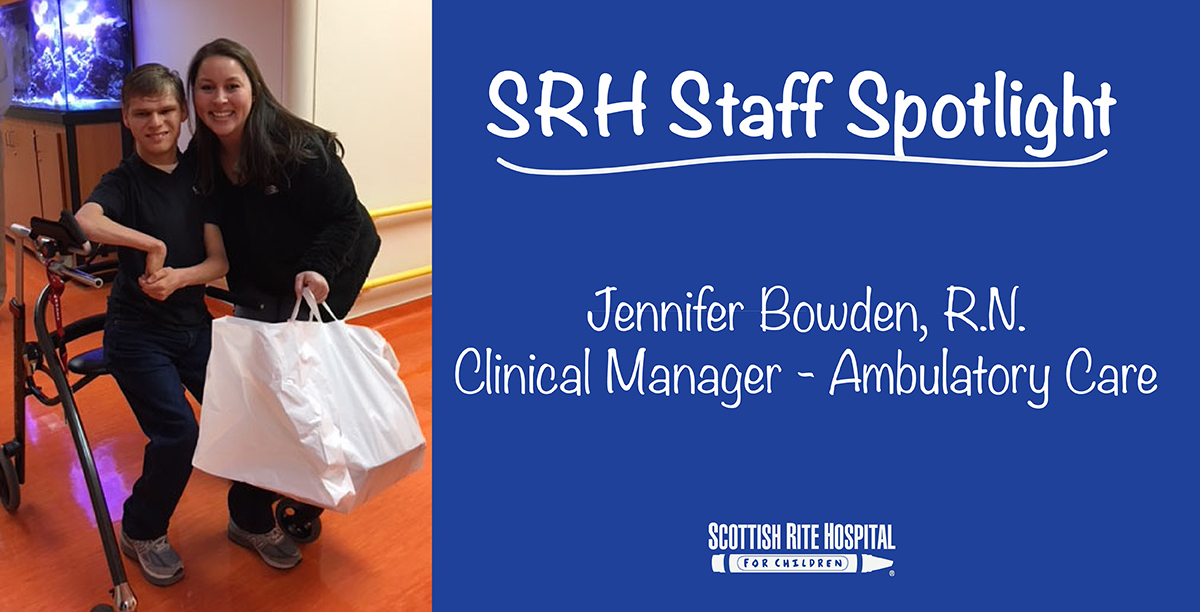Hidden in every seam of a garment is a unique story, as 21-year-old Gabbi would discover. While she has always loved fashion, Gabbi’s appreciation for design would develop in the most unexpected places — from her own scoliosis journey. “I always follow the wise words...



















